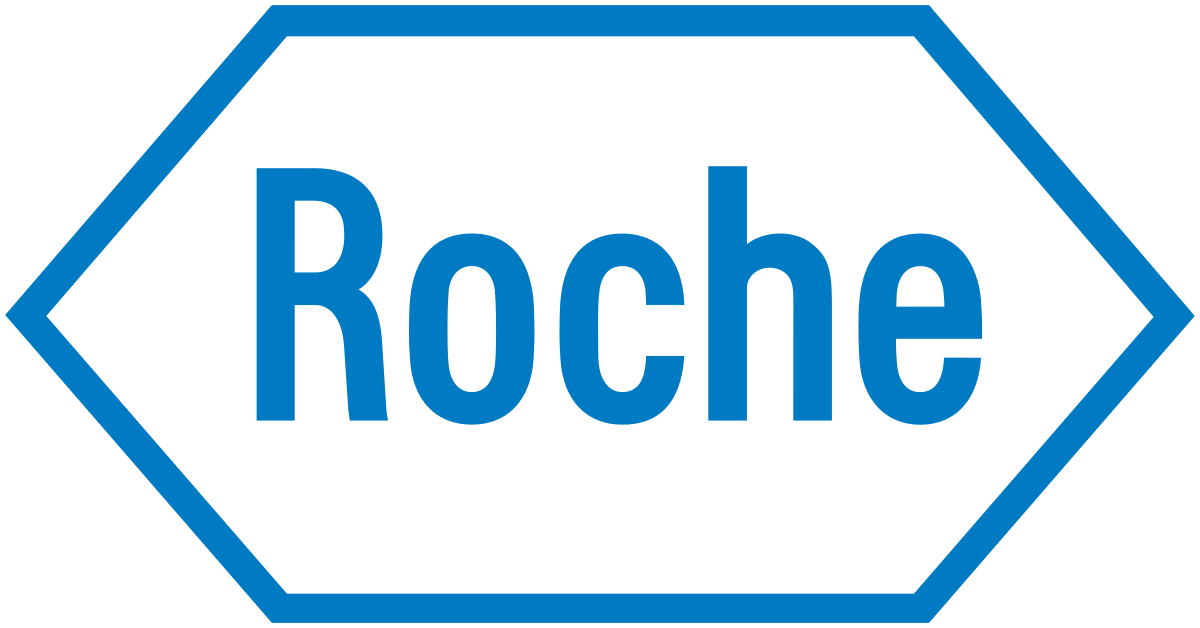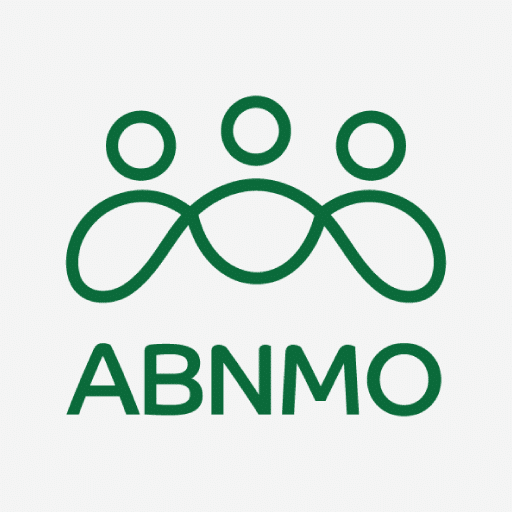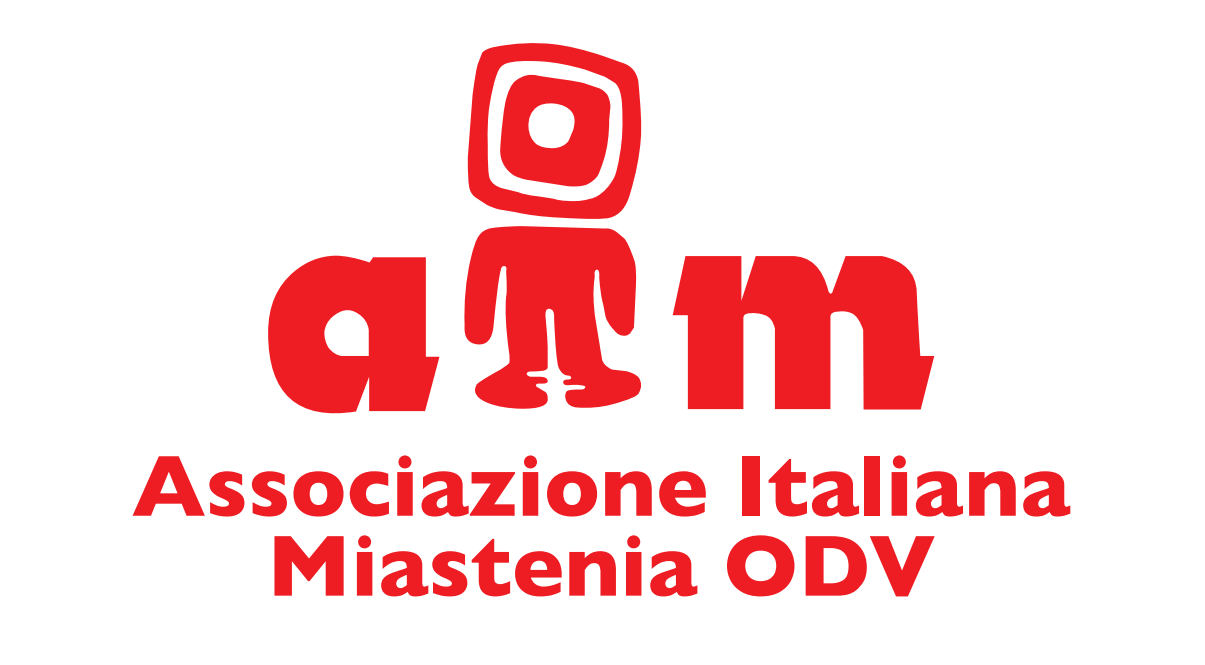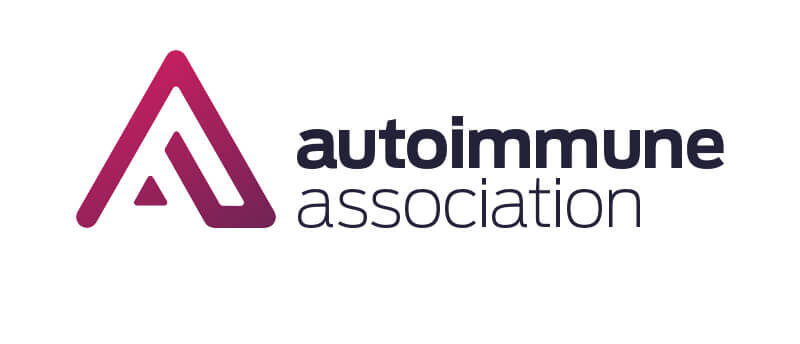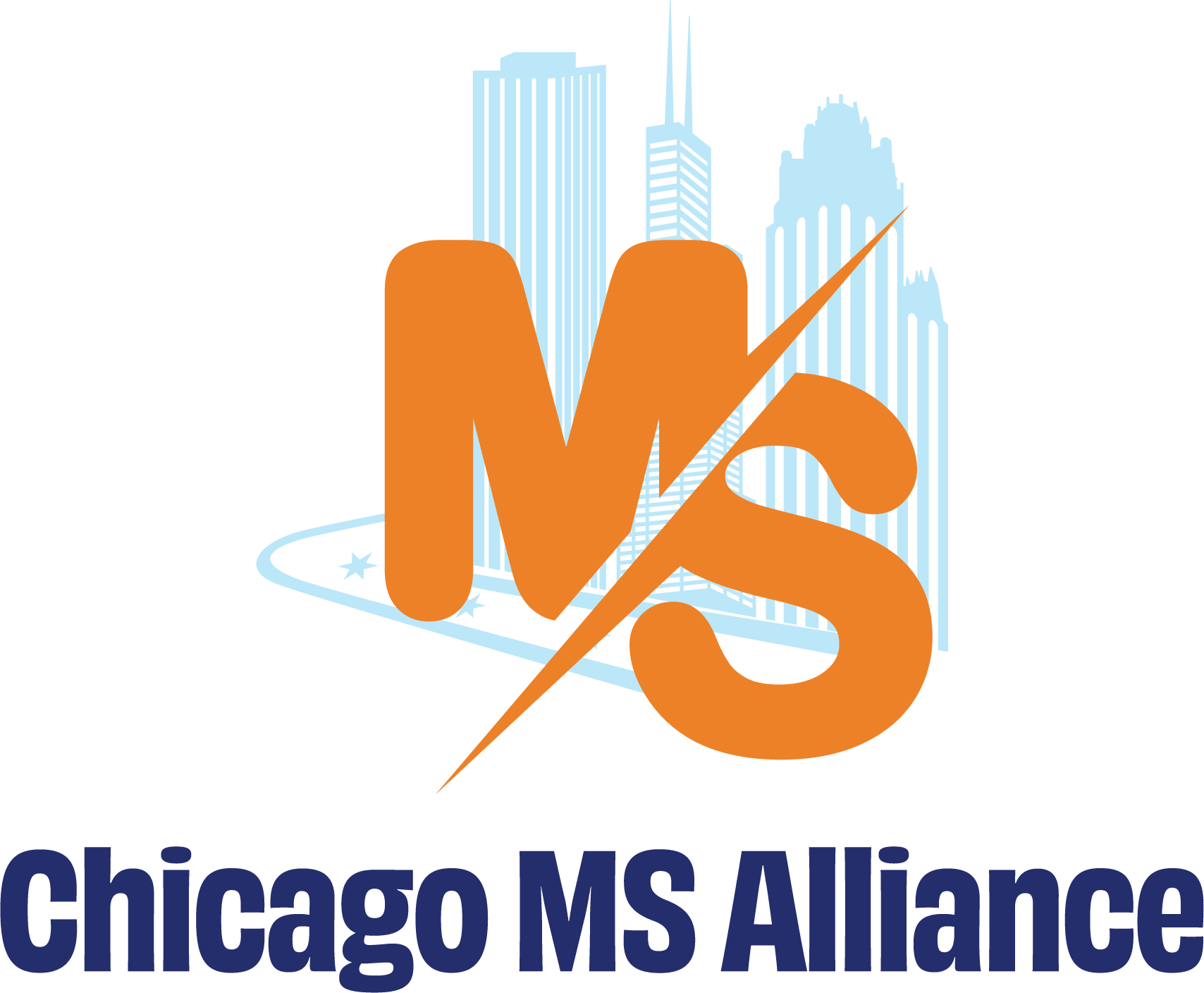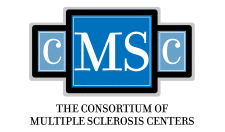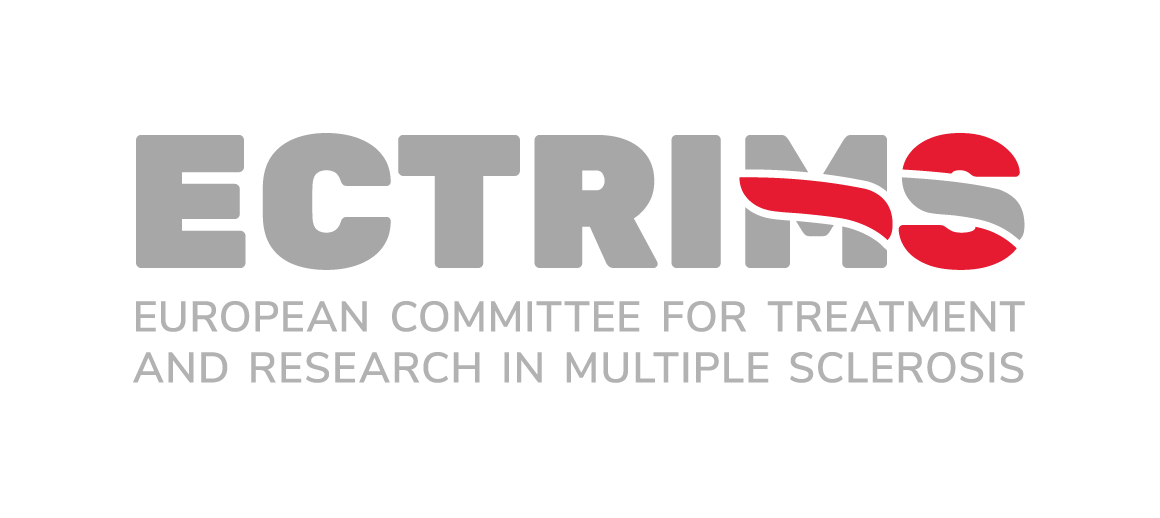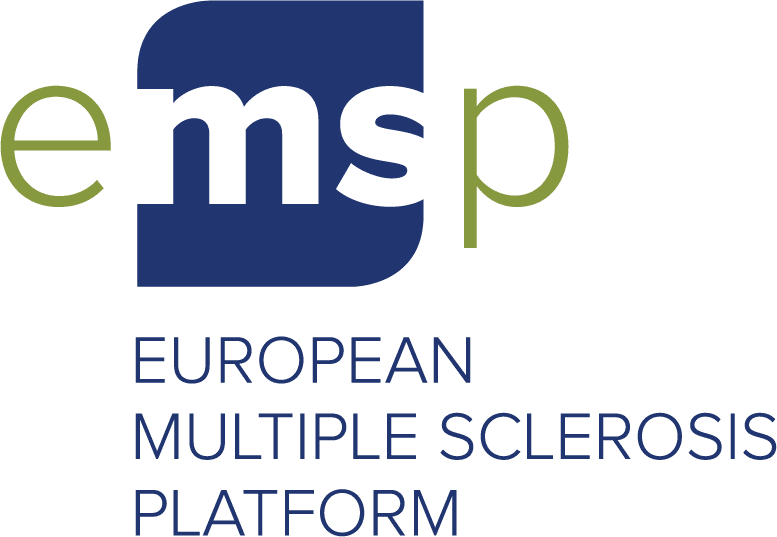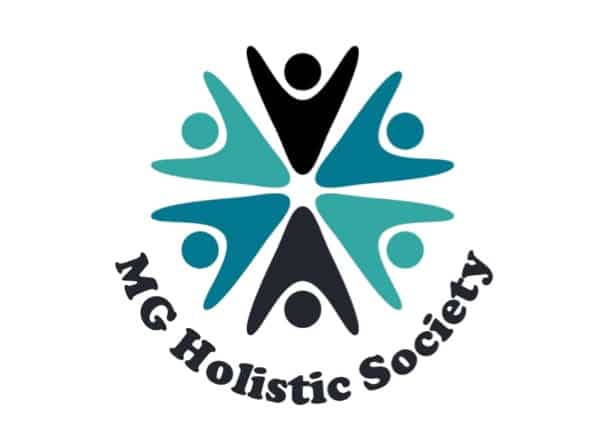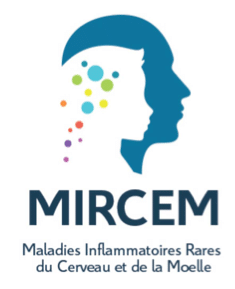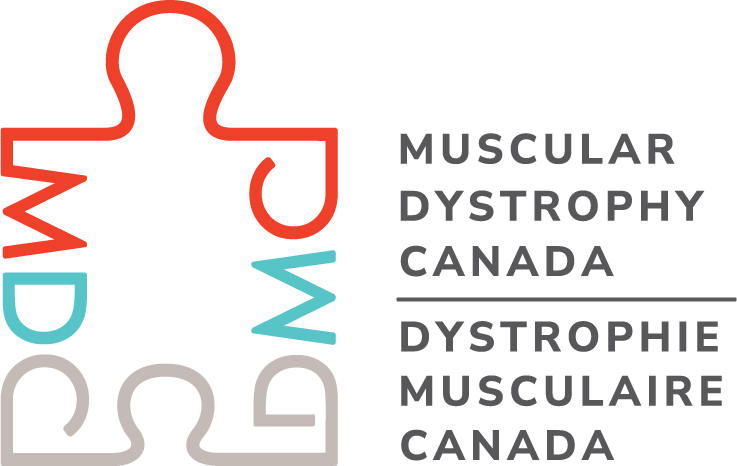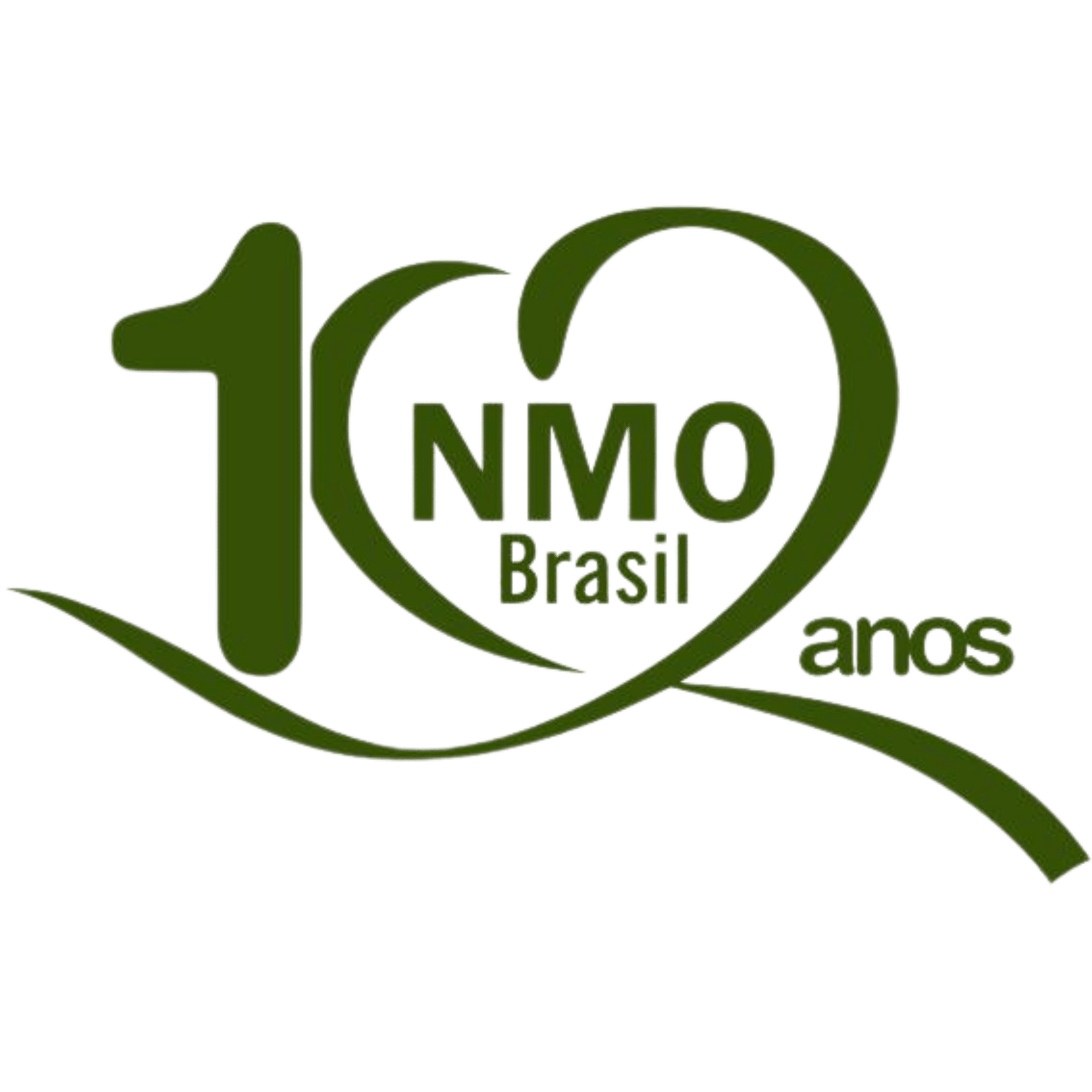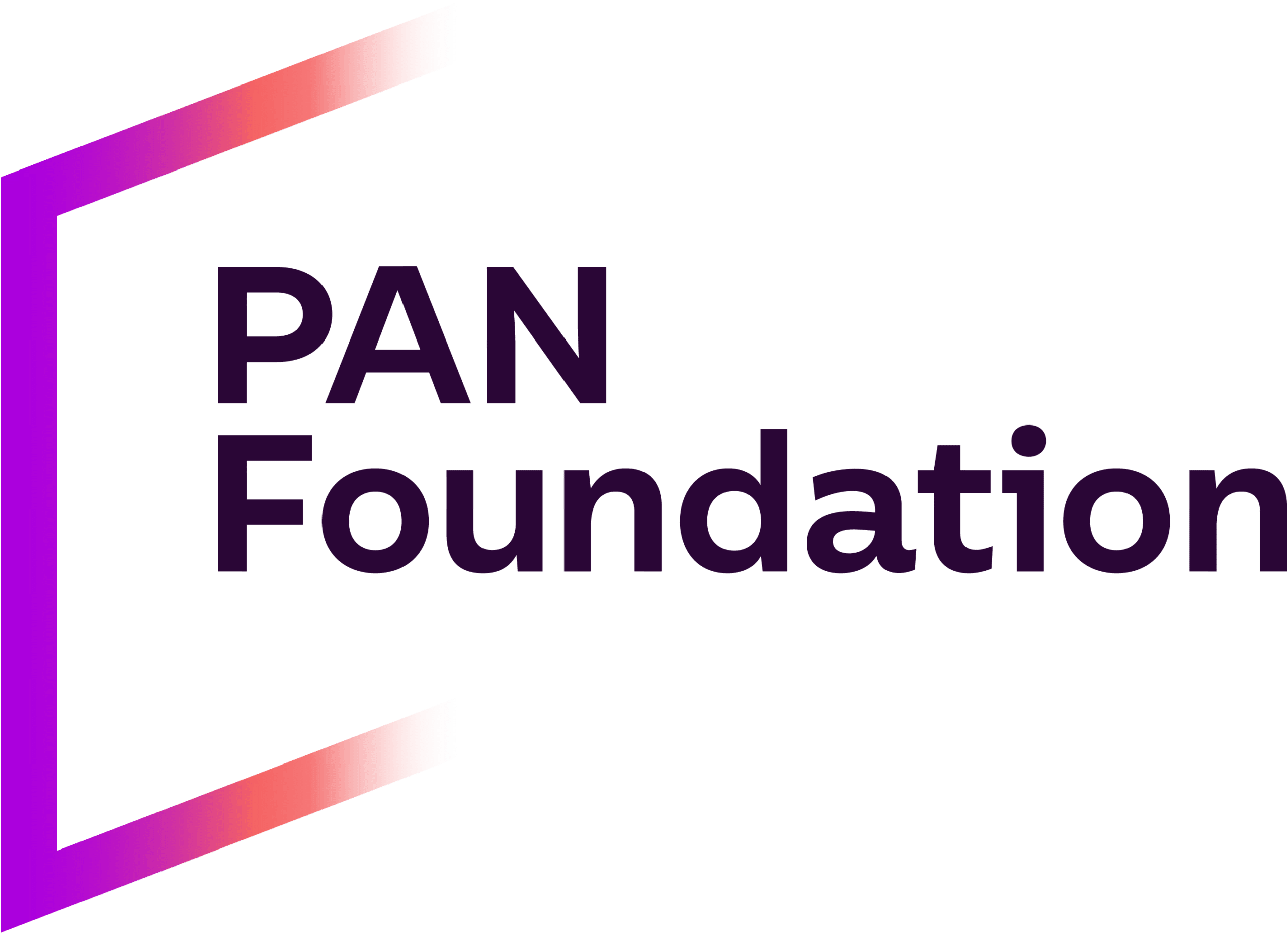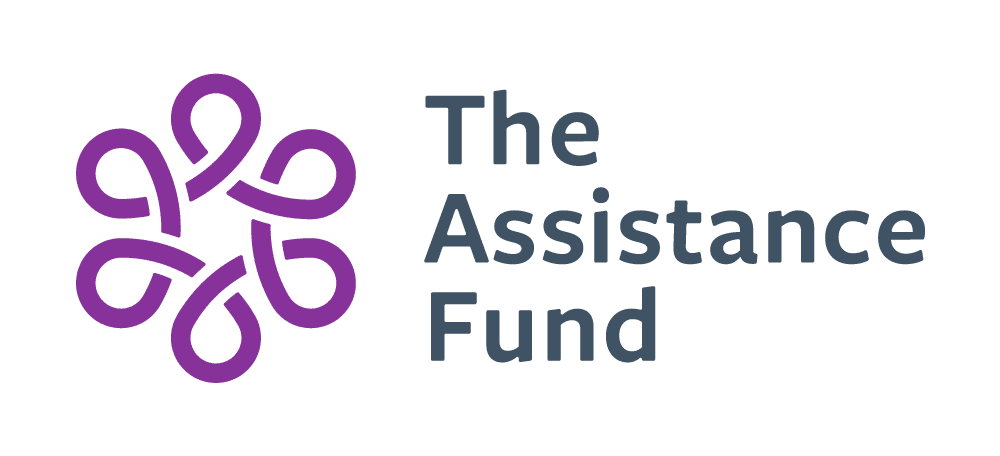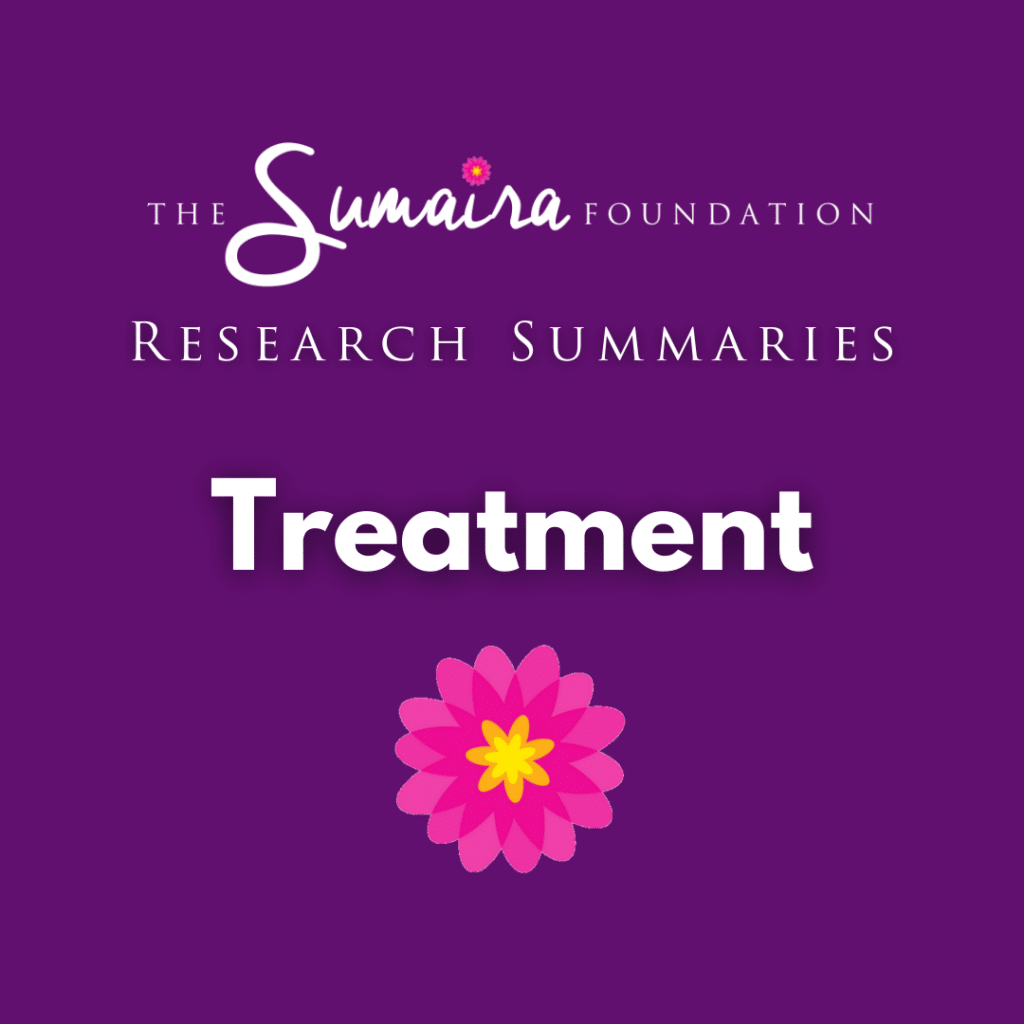
Trial of Satralizumab in Neuromyelitis Optica Spectrum Disorder
Journal: The New England Journal of Medicine; November 28, 2019
Author(s): Takashi Yamamura, Ingo Kleiter, Kazuo Fujihara, Jacqueline Palace, Benjamin Greenberg, Beata Zakrzewska-Pniewska, Francesco Patti, Ching-Piao Tsai, Albert Saiz, Hayato Yamazaki, Yuichi Kawata, Padraig Wright, Jerome De Seze
Efficacy and safety of satralizumab combined with immunosuppressants in seropositive or seronegative NMOSD
This is a clinical trial paper of satralizumab, a recently approved therapy for NMOSD; the trial is known as the SAkuraSky trial. The efficacy and safety of satralizumab combined with stable immunosuppressant treatment was assessed in patients who tested positive or negative for were aquaporin 4 antibodies. During the first phase of the study, the enrolled patients were allowed to remain on their ongoing immunosuppressant therapy of azathioprine, mycophenolate mofetil, or oral glucocorticoids, to which satralizumab was added. Patients who had been on other immunosuppressants like rituximab during or up to 6 months before the trial initiation were not enrolled. 83 patients were randomly assigned to receive satralizumab (41 patients) or placebo (42 patients). The outcomes assessed were (a) the time to a relapse occurring after treatment, (b) changes in patients’ pain and fatigue. The results showed that among patients with NMOSD, satralizumab treatment added to immunosuppressant treatment. led to a lower risk of relapse than placebo but did not differ from placebo in its effect on pain or fatigue. The percentages of patients who had adverse events or serious adverse events associated with satralizumab were similar to those in the placebo group. However, there were more injection-site reactions and injection-related reactions in the satralizumab group than in the placebo group.
Free Access: Full text








